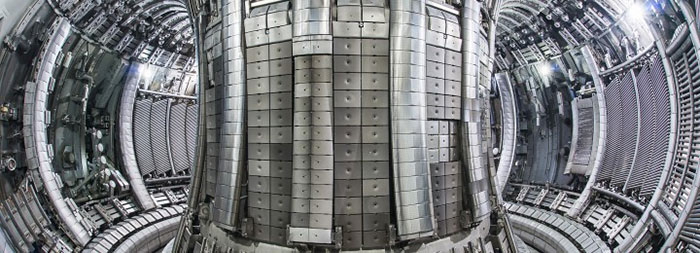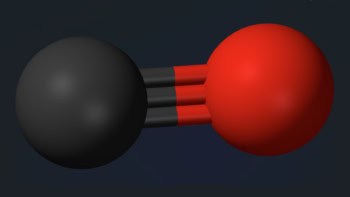Flash Physics is our daily pick of the latest need-to-know developments from the global physics community selected by Physics World‘s team of editors and reporters

Detecting the signature of life on other planets
A new chemical test could determine whether life has existed on other planets. Scientists at NASA’s Jet Propulsion Laboratory, California, have developed a quick and simple method for analysing amino acids using capillary electrophoresis (CE). Amino acids are the building blocks of life as we know it. Made predominantly of oxygen and carbon, the organic molecules exhibit chirality. This involves two molecules having the same composition, but being mirror images of each other – like human hands. The amino acids related to life forms on Earth are left-handed. If we assume this applies to other planets, their presence could be seen as a signature of life. However, amino acids are also present because of non-life sources such as meteorites. These sources have equal amounts of left- and right-handed molecules. Therefore a test to identify the different amino acids is needed to determine the source. Peter Willis and colleagues have developed a simple, automated “mix and analyse process” using CE. In CE, molecules are identified based on their movement under an electric field. Using a laser detection system, the molecules can be seen moving at different speeds. The method, described in Analytical Chemistry has been used to test samples from Mono Lake in California. The lake’s high salt content and high alkalinity make it an excellent substitute for the waters believed to be on Mars, Saturn’s moon Enceladus and Jupiter’s moon Europa. Tests have shown that the method is 10,000 times more sensitive than that used by the Mars Curiosity rover and can detect very low concentrations of amino acids. If deployed during explorations of other planets, the method could help in the search for extra-terrestrial life.
UK to pull out of EU nuclear agency

The UK has confirmed that it intends to pull out of the European Atomic Energy Community (Euratom), the international organization that develops nuclear power in Europe. The intention was set out in explanatory notes that accompanied a bill the UK government published on Thursday to start the process for the country leaving the European Union (EU) by triggering the Article 50 exit clause. If the UK does go ahead and leave Euratom then it could threaten the UK’s participation in two major fusion facilities. Experiments on the Joint European Torus (JET), which is based at the Culham Centre for Fusion Energy in Oxfordshire, are funded by the EUROfusion consortium until 2018. Discussions are currently under way to extend this to 2020. JET receives funding of €69m, 87.5% of which comes from the European Commission and 12.5% from the UK. The EU is providing half the cost of ITER, which is currently being built in Cadarache, France, and is seen as a successor to JET. If the UK pulls out of Euratom then it could follow Switzerland’s lead by becoming an “associate” member. This will allow the UK to participate in ITER and it may be enough for Euratom to continue to support JET.
“Nuclear-clock” lifetime is measured
The lifetime of the first excited state of the thorium-229 nucleus has been measured for the first time. The measurement provides important information to physicists who hope to use an optical transition from this excited state to create a “nuclear clock” that could outperform existing atomic clocks. The work was done by Benedict Seiferle, Lars von der Wense and Peter Thirolf at Ludwig Maximilian University of Munich, who have measured the half-life of the state as it undergoes an internal conversion process, which involves the decay energy being transferred to an atomic electron. The team found the half-life to be about 7 μs, which confirms calculations that internal conversion dominates the decay of thorium-229 nuclei. This measurement also confirms that the emission of light only occurs in about one in a billion decays. Making a clock from thorium-229 requires a decay resulting in the emission of light, not internal conversion. It is likely, therefore, that a practical nuclear clock based on thorium-229 will have to employ a scheme to suppress internal conversion in favour of an optical transition. The measurement is described in Physical Review Letters. Last year, Seiferle, von der Wense, Thirolf and colleagues made the first direct detection of this transition.
- You can find all our daily Flash Physics posts in the website’s news section, as well as on Twitter and Facebook using #FlashPhysics. Tune in to physicsworld.com later today to read today’s extensive news story on a new black-hole analogue.



